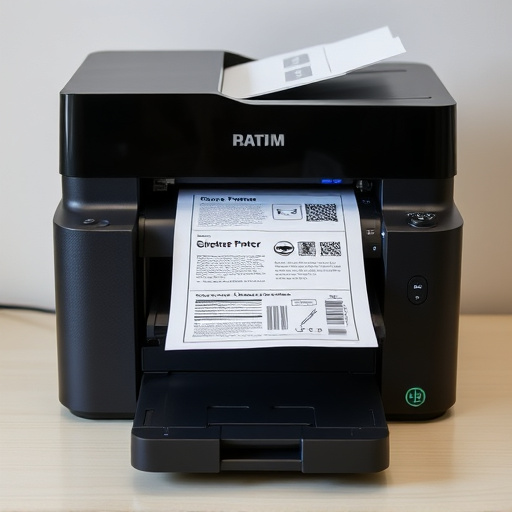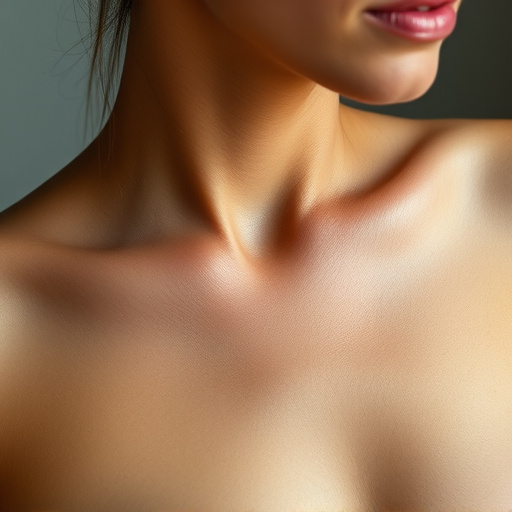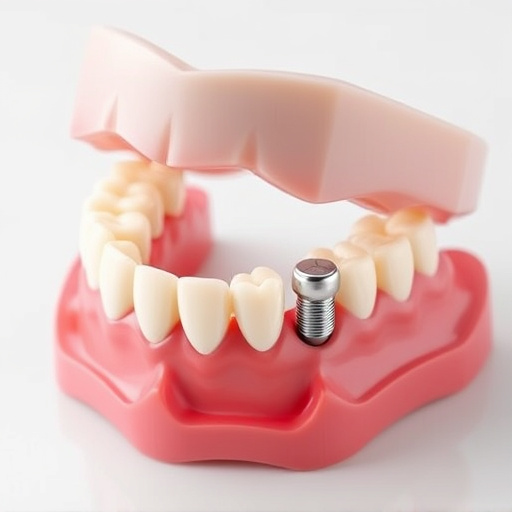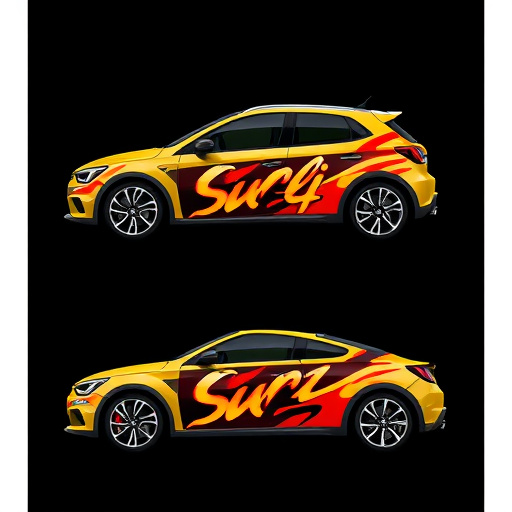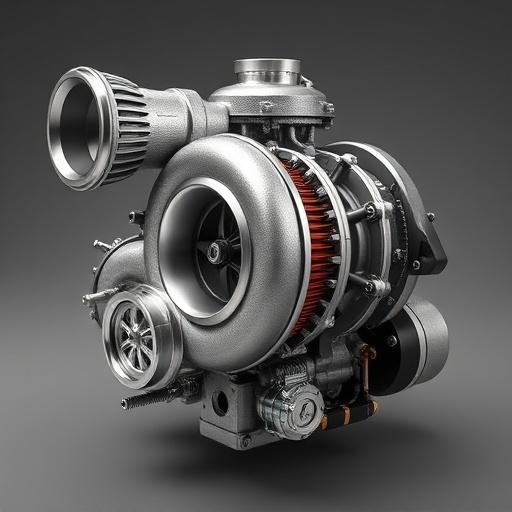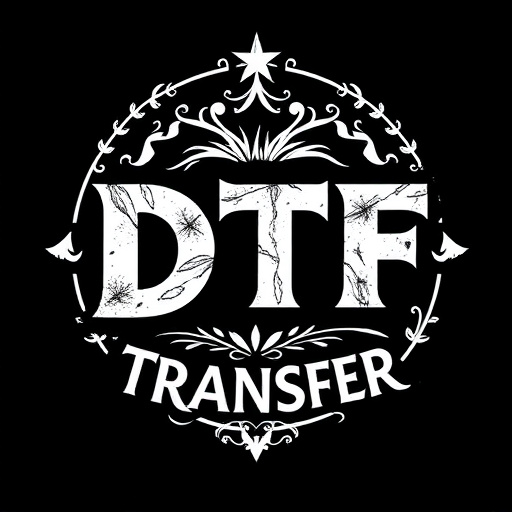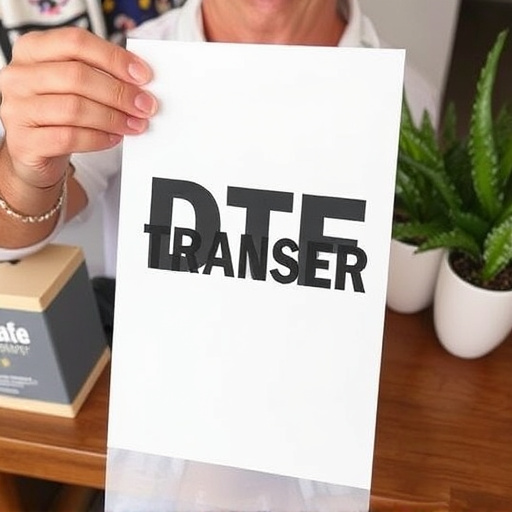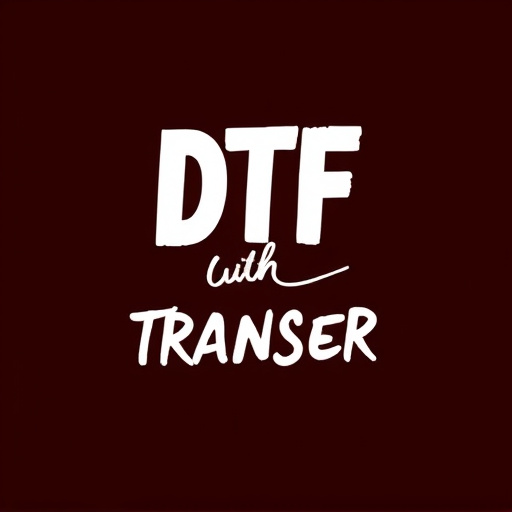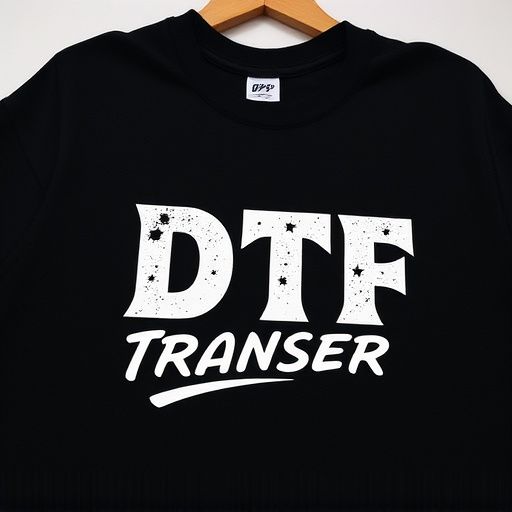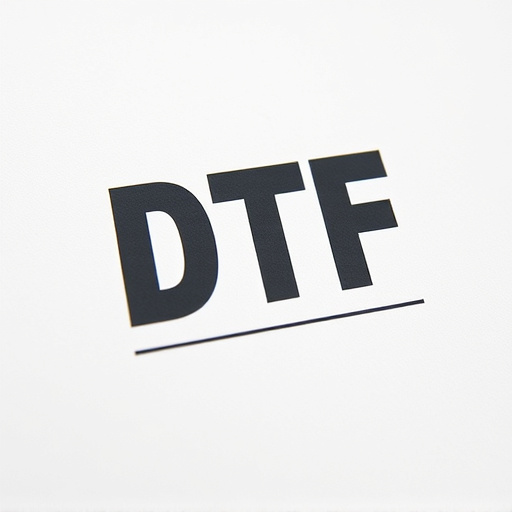Direct-To-Film (DTF) transfer printing has emerged as a modern alternative to traditional screen printing, offering significant advantages in efficiency, versatility, and quality. DTF utilizes digital print heads and heat presses to apply intricate patterns directly onto textiles, ceramics, and plastics, achieving vibrant colors, sharp details, and lasting durability. Unlike screen printing's time-consuming setup and drying processes, DTF cuts down on production time, making it ideal for small batches or custom orders. However, DTF prints may not match traditional methods' long-term durability and detail resolution, especially in harsh conditions or complex designs. Ultimately, the choice between DTF and screen printing depends on specific application requirements, with DTF excelling in custom designs and intricate details while screen printing remains a leader in bulk production.
In today’s fast-paced world, the printing industry has evolved significantly, offering innovative methods like Direct-To-Film (DTF) transfer. This modern approach challenges the traditional screen printing technique, which has long been the go-to method for custom designs. This article delves into the comparison between DTF and traditional screening, exploring key differences, advantages, limitations, and ideal applications for each. By understanding these methods, businesses and designers can make informed decisions, choosing the best print technology based on their specific needs, be it speed, quality, or cost-effectiveness.
- Understanding Direct-To-Film (DTF) Transfer: A Modern Approach
- Traditional Screen Printing: The Time-Honored Method
- Key Differences: DTF vs Traditional Printing Techniques
- Advantages of DTF Transfer: Speed and Quality
- Limitations and Considerations for DTF Prints
- Applications: When to Choose DTF Over Traditional Screening
Understanding Direct-To-Film (DTF) Transfer: A Modern Approach
Direct-To-Film (DTF) transfer is a modern approach to printing that has revolutionized the screen printing industry. Unlike traditional screen printing methods, which involve setting up and emulating each design separately on a screen, DTF enables printers to apply designs directly onto various materials using a digital print head. This method streamlines the process by eliminating the need for screens, reducing setup time, and enabling more complex and intricate designs.
DTF transfer offers several advantages, including enhanced flexibility, speed, and efficiency. It allows for on-demand printing, making it ideal for short runs or custom orders. The technology also supports a wide range of materials, from textiles to ceramics and plastics, expanding the possibilities for creative applications. DTF prints boast vibrant colors, crisp details, and durability, ensuring high-quality results that meet modern demands.
Traditional Screen Printing: The Time-Honored Method
Traditional screen printing has been a time-honored method for creating prints and designs on various surfaces. This process involves setting up a fine mesh or screen, typically made from silk or synthetic materials, with an open frame. The design is then transferred onto the screen using a stencil, blocking off areas where ink won’t pass through. Ink is rolled or sprayed onto the screen, pushing it through the open areas to create the desired print on the substrate below. This method has been used for decades and is known for its durability and vibrant colors, making it popular for various applications like t-shirts, posters, and even signs.
While traditional screen printing offers high-quality results, it can be a time-consuming process, especially for complex designs or small batch sizes. Each print requires the screen to be set up and prepared, making it less efficient for on-demand or custom orders. This is where Direct-to-Film (DTF) transfers have gained popularity as a modern alternative, aiming to streamline the printing process while maintaining quality and versatility. DTF Printing uses digital technology to transfer designs directly onto film, which can then be applied to various materials, offering a faster and more flexible approach to creating prints.
Key Differences: DTF vs Traditional Printing Techniques
Direct-to-film (DTF) printing and traditional screen printing are two distinct methods with unique advantages and limitations. One of the key differences lies in their approach to creating prints. DTF involves transferring ink directly onto various surfaces, including fabric, paper, or plastic, using a heat press. This technique allows for a more versatile range of materials and designs compared to traditional screen printing, which requires setting up a mesh screen for each unique design.
Additionally, DTF offers faster turnaround times as it eliminates the need for drying and curing processes between layers, common in screen printing. As a result, DTF prints can be achieved in less time, making it an attractive option for small-batch production or those seeking prompt results. This modern method also provides high-quality, vibrant colors and detailed images, rivaling traditional printing techniques in terms of visual appeal.
Advantages of DTF Transfer: Speed and Quality
The Direct-to-Film (DTF) transfer method has gained significant traction in the printing industry due to its numerous advantages over traditional screen printing. One of the most notable benefits is speed. DTF allows for fast turnaround times, as it involves printing directly onto fabric or other materials using a thermal or UV printer, eliminating the need for setting up and maintaining individual screens. This makes it an efficient choice for small batch productions or when quick turns are required.
In terms of quality, DTF offers exceptional results. It can produce high-resolution prints with vibrant colors and crisp details, rivaling traditional screen printing. The process ensures consistent ink distribution, resulting in even and accurate prints on various materials, including cotton, polyester, and synthetic blends. Moreover, DTF transfers are known for their durability, making them suitable for clothing, accessories, and other items that undergo frequent washing and wear.
Limitations and Considerations for DTF Prints
Direct-to-film (DTF) printing, while offering many advantages, has its limitations and considerations that are essential to understand. One of the primary challenges is ensuring long-term durability. DTF transfers are susceptible to fading or cracking over time, especially when exposed to direct sunlight or harsh environmental conditions. This can be a concern for applications requiring prints to last for extended periods.
Additionally, the resolution and detail in DTF prints may not match traditional screen printing, particularly for complex designs with fine lines and intricate details. The process involves transferring ink directly onto various surfaces, which can lead to variations in print quality depending on the material’s texture and absorbency. Proper preparation of the substrate is crucial to achieve consistent results, requiring additional steps such as cleaning and sanding to ensure a smooth finish.
Applications: When to Choose DTF Over Traditional Screening
Direct-to-film (DTF) transfer and traditional screen printing are two distinct methods with unique advantages and use cases. When considering which method to employ, understanding their applications is key. DTF printing is an ideal choice for creating custom prints on a variety of materials, especially those with complex designs or intricate details. Its versatility allows for seamless integration of various image types, from photos to illustrations, making it popular among artists, designers, and hobbyists looking to produce high-quality, personalized DTF prints.
On the other hand, traditional screen printing is renowned for its durability and ability to handle larger runs efficiently. It excels in situations requiring bulk production or creating prints on harder surfaces like ceramics, glass, or metal. Moreover, screen printing offers a broader range of color options and can accommodate unique ink formulations, making it suitable for projects with specific requirements. When the need arises for long-lasting, vibrant DTF transfers with intricate details, DTF printing takes center stage. Conversely, traditional screening is preferable when production volume is high or the project involves more robust materials and unique ink demands.
